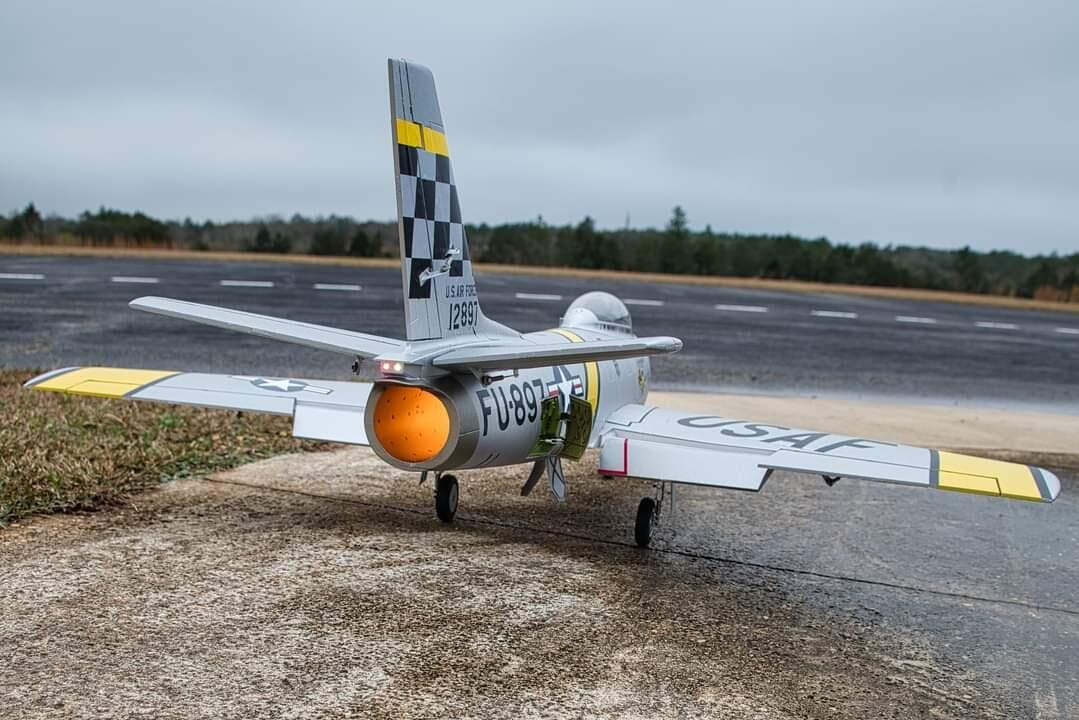Unlock the Secrets: Choosing the Perfect Battery for Your RC Airplane Adventure!
Choosing the right battery for your RC airplane is crucial for ensuring optimal performance and extended flight time. The battery you select directly impacts how your model performs in the air, affecting everything from speed to maneuverability. With several types of batteries available, including NiMH and LiPo, understanding their characteristics can seem daunting. This article aims to simplify the selection process, providing you with the knowledge needed to choose a battery that meets your RC flying needs, ensuring your flights are not only enjoyable but also long-lasting.

Understanding Battery Types for RC Airplanes
When it comes to RC airplane batteries, two of the most prevalent types are Nickel-Metal Hydride (NiMH) and Lithium Polymer (LiPo) batteries. NiMH batteries are known for their durability and ability to provide a steady voltage output, making them a reliable choice for beginners. They are generally heavier and have a lower energy density compared to LiPo batteries, which can limit flight time. However, they are less sensitive to charging and discharging practices, making them easier to maintain.
On the other hand, LiPo batteries are favored by experienced pilots due to their high energy density and lighter weight, allowing for longer flight times and better performance. They come in various configurations, offering flexibility in voltage and capacity. However, LiPo batteries require careful handling and specific charging practices to avoid damage or hazards. Other types, such as Lithium-Ion and lead-acid batteries, are less common but may be suitable for specific models or applications. Understanding these differences is essential for making an informed decision that aligns with your flying style and needs.
Key Factors to Consider When Choosing a Battery
When selecting a battery for your RC airplane, several key factors should be taken into account. Capacity, measured in milliamp hours (mAh), indicates how much energy the battery can store. A higher capacity generally translates to longer flight times but can also add weight to your model. Voltage (V) is another critical factor; it determines the power output and affects the speed and overall performance of your airplane. Ensuring that the battery's voltage matches your airplane's specifications is vital.
Weight is also crucial, as excessive battery weight can hinder performance and reduce flight efficiency. Discharge rates, indicated in C ratings, reflect how quickly a battery can deliver energy. Higher discharge rates are essential for high-performance models that require bursts of power during maneuvers. Lastly, compatibility with your RC airplane's model cannot be overlooked. Each airplane design may have specific battery requirements, so always refer to the manufacturer's guidelines to ensure a proper fit and function.
Comparing Battery Performance and Cost
When comparing battery performance, it’s essential to analyze both metrics and cost-effectiveness. LiPo batteries, while often more expensive, provide superior performance for competitive flying. Their lightweight nature and high discharge rates can significantly enhance your airplane's agility and speed. In contrast, NiMH batteries are typically less costly and offer decent performance for casual flying, making them an economical choice for beginners.
However, it’s essential to consider the trade-offs involved. While investing in higher-quality LiPo batteries might yield better performance, it’s crucial to factor in the additional costs associated with charging equipment and maintenance. Prioritizing your flying needs will help determine whether you should invest in more expensive batteries for performance or if a budget-friendly option will suffice for your recreational flying experiences. Ultimately, understanding your flight goals will guide you in making the best choice for your budget and performance expectations.
Maintenance and Care for Longevity
To maximize the lifespan of your RC airplane batteries, proper maintenance and care are essential. Begin with safe charging practices; always use a compatible charger and never exceed the recommended charging rates. Store your batteries in a cool, dry place, and avoid exposing them to extreme temperatures. For LiPo batteries, consider using a fireproof bag for added safety during storage and charging.
Regularly inspect your batteries for signs of wear, such as swelling or damage to the casing. If you notice any irregularities, discontinue use immediately. Additionally, consider practicing a balanced discharge routine; this will help maintain the health of your batteries and ensure optimal performance over time. By following these tips, you can enjoy extended use and reliable performance from your RC airplane batteries.
Summary of Key Battery Considerations
In summary, selecting the right battery for your RC airplane is a vital aspect of ensuring an enjoyable flying experience. Understanding the various battery types, considering key performance factors, and weighing the performance against costs will empower you to make informed choices. Moreover, maintaining your batteries will enhance their longevity and reliability. Armed with this knowledge, you can confidently embark on your RC airplane adventures, knowing you have chosen the perfect battery to elevate your flying experience.







تعليقات